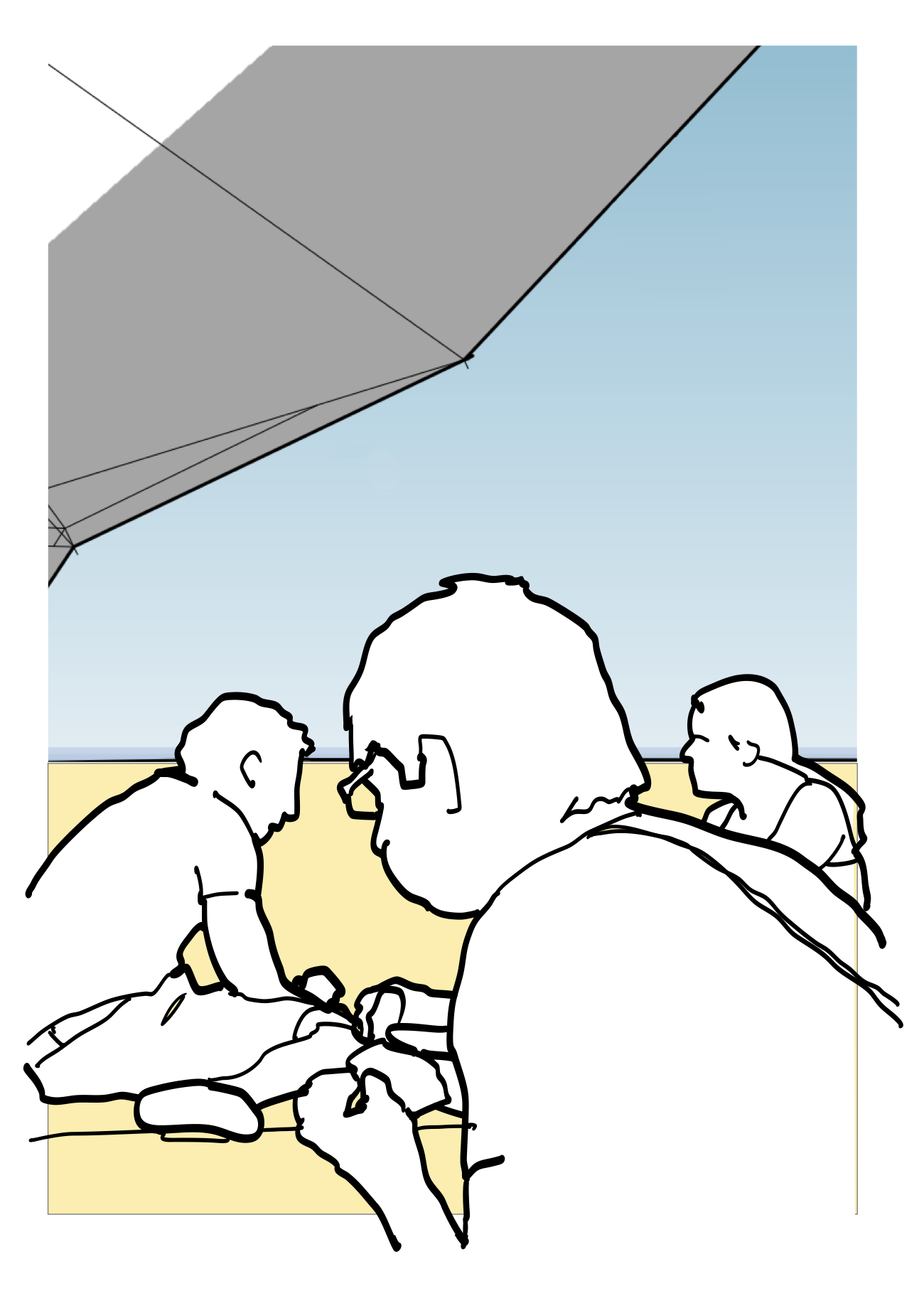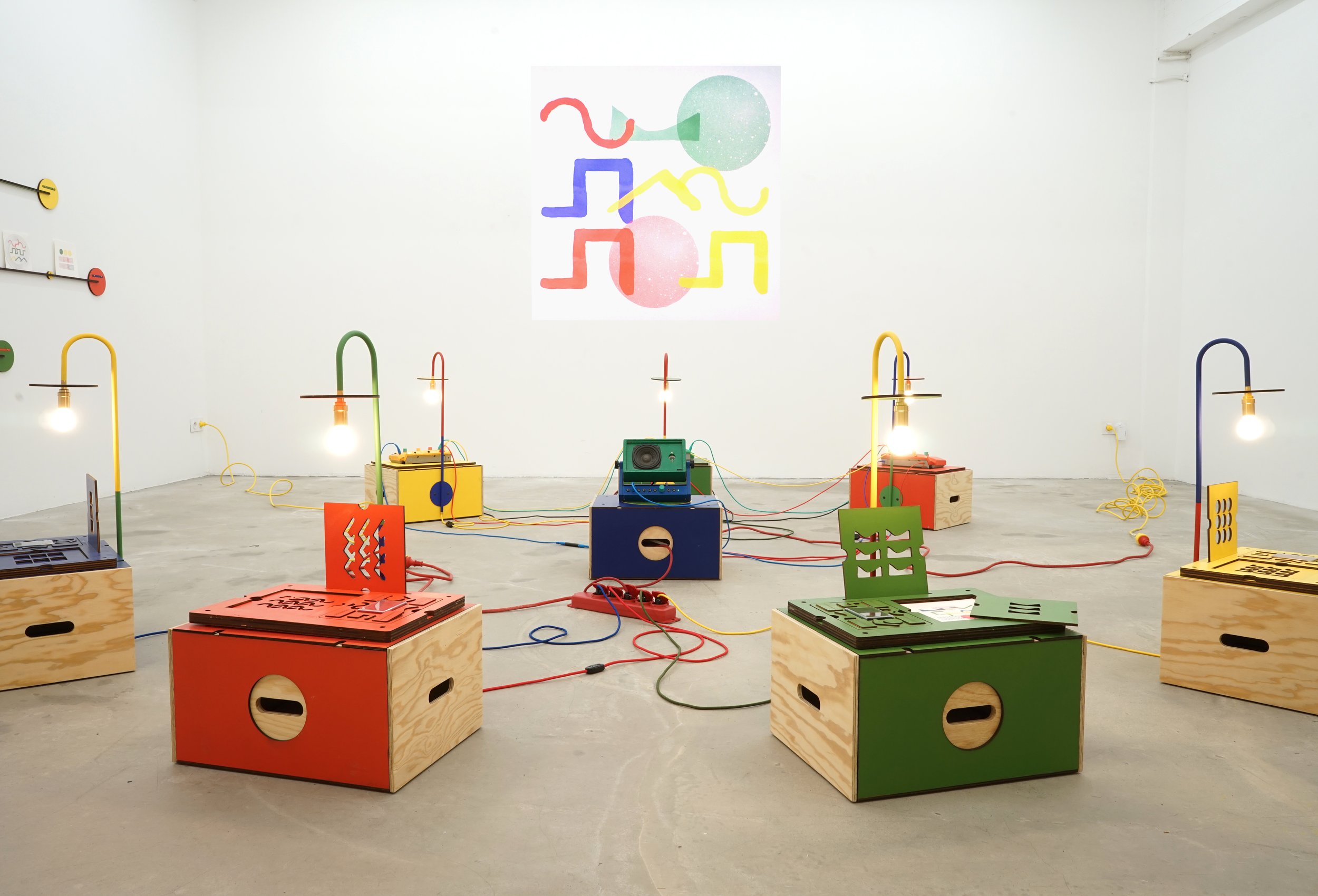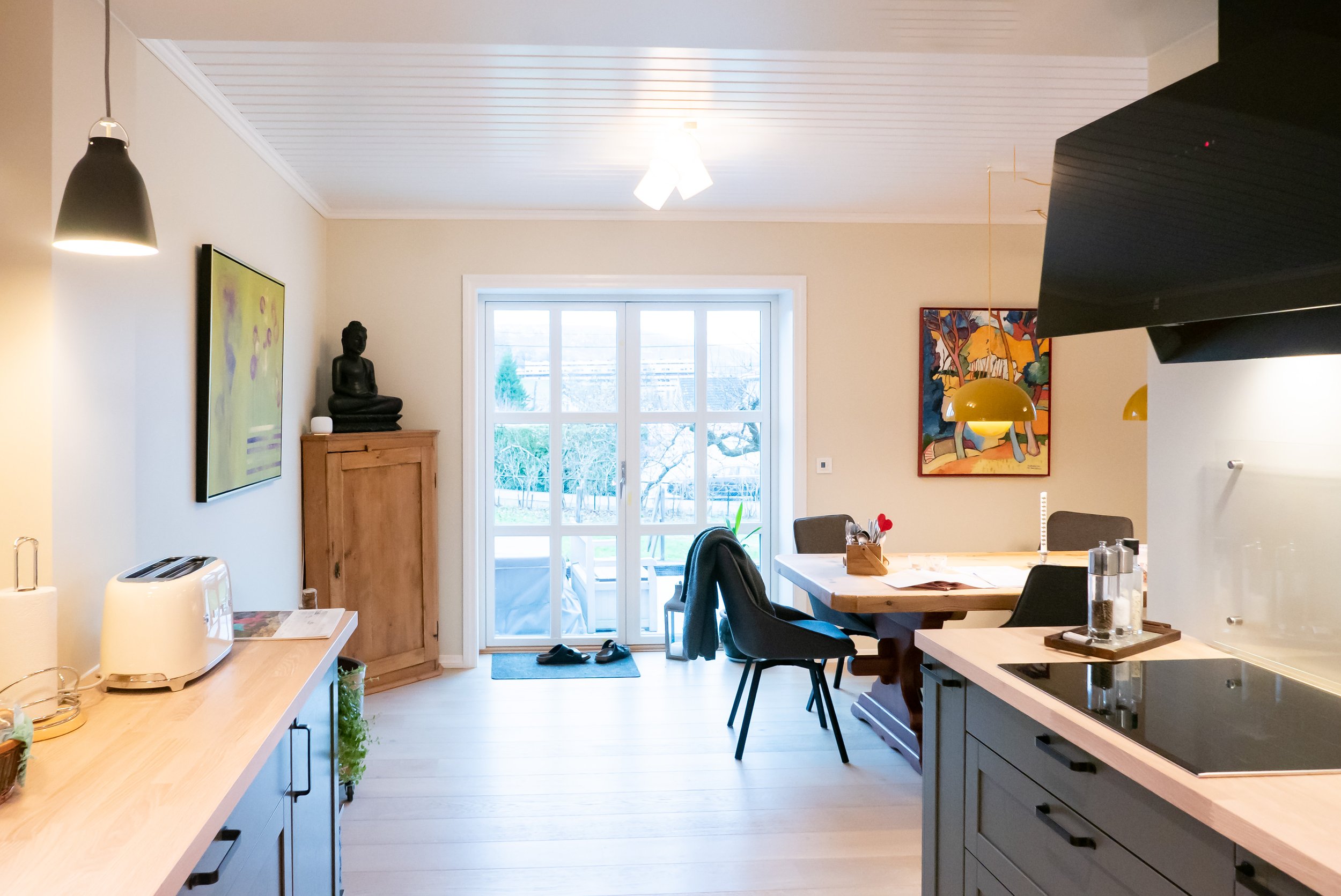As we get many enquiries about the inflatable event space we recently designed for the Lille Metropole Museum of Modern Art (LaM), here's a little technical summary.
Dimensions
- Usable internal area: 360 m2
- Overall footprint: 400 m2
- Max dimensions: 40 m (length), 15 m (width), 19 m (overall width), 8 m (height)
Anchors
- Ground anchors: 500 mm deep Terra-bolt screws (or equivalent traction anchors, metal or plastic), every 2 meters of perimeter
- Ballast (alternative): 500kg every 2 meters of perimeter
Inflation system
- 15 centrifugal fans (12 active plus 3 backups), 1.5 kW power each, equipped with noise silencers.
- All fan units wired to pressure-sensitive alarm system
Materials
- Main surface: Ripstop Nylon, white translucent
- Air beams: PVC coated polyester, white
Feel free to contact us if you need more information...




















































































